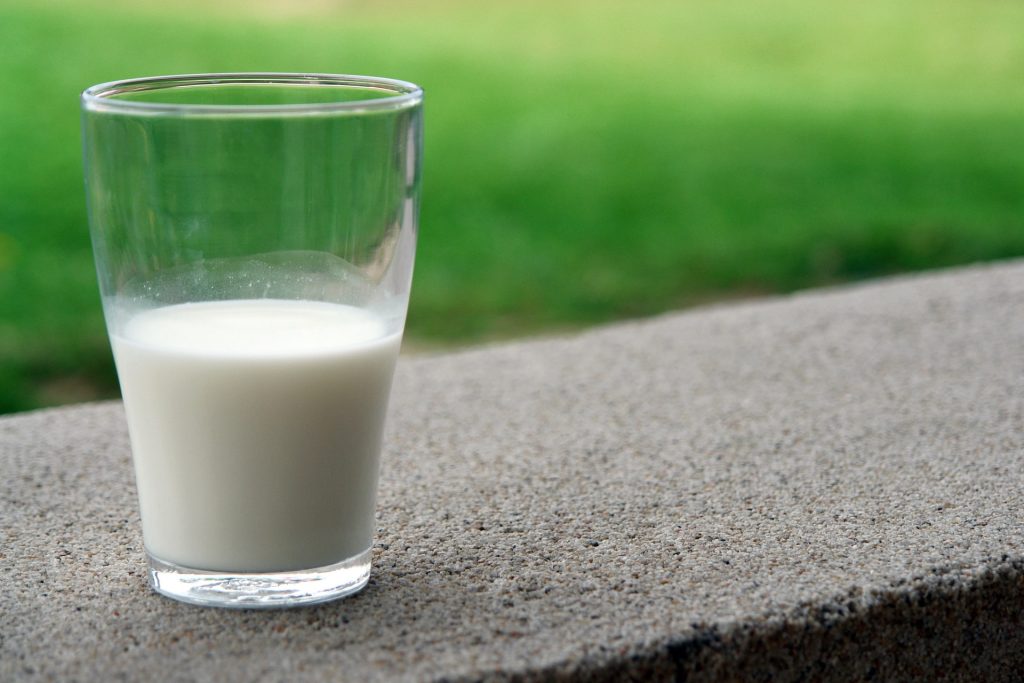
For people with established cardiovascular disease (CVD), consuming more dairy products was linked to worse health outcomes, according to a study in the European Journal of Preventive Cardiology. However, the type of dairy product appeared to make a difference, with the outcomes for cheese remaining unclear.
In patients with stable angina, significant associations with stroke, cardiovascular mortality, and all-cause mortality were seen with increasing daily intakes of total dairy and milk over follow-up of 5 to 14 years.
While acute myocardial infarction (MI) had no clear linear relationship with total dairy intake or milk consumption, a risk increase was seen for butter consumption of more than 2g per 1000kcal of daily intake.
Data were also inconclusive when it came to cheese consumption and CVD risk, with no significant associations between greater cheese consumption with acute MI, stroke, CVD mortality, or all-cause mortality.
Thus, the study draws a more complicated picture of dairy’s risks that supports other observational data suggesting that different dairy products may have different effects. “We can speculate that at least part of the differential associations seen for milk, butter, and cheese may be because cheese contains intact MFGM [milk fat globule membrane], while milk and butter does [sic] not,” the researchers wrote.
Dairy is “probably harmful” overall, the verdict on cheese is unclear, and some of the fermented dairy products may be less dangerous if dairy is to be consumed at all, commented Andrew Freeman, MD, a cardiologist at National Jewish Health in Denver, who was not involved with the study.
Even without a randomised trial, Dr Freeman said in an interview, “there’s enough signal in the noise to draw the conclusion that higher-fat dairy products, the number one source of saturated fat in our diet, are probably not going to be helpful to human health, and heart health in particular.”
He nevertheless cautioned that there may be worldwide variation in the effects of dairy products, which may be different between countries that place more restrictions on raising cattle with chemicals such as growth hormones.
Nevertheless, the global PURE study of people around the world consistently found the best outcomes from eating a balanced diet including lots of fruits and vegetables and a modest amount of dairy, unprocessed red meat, and nuts and legumes. The PURE investigators had also reported that at least two servings of dairy per day was linked with less CVD and mortality, compared with no dairy.
“Dairy is a heterogenous food group with divergent health effects and dairy products should therefore be investigated individually,” the researchers maintained.
Their data was drawn from 1929 patients with stable angina (80% men, mean age 62 years) from the Western Norway B Vitamin Intervention Trial.
All had undergone coronary angiography due to suspected coronary artery disease or aortic stenosis in 1999–2004. Use of preventive medications was high and included aspirin (90%), statins (90%), and beta-blockers (77%).
Participants self-reported dietary habits on a food frequency questionnaire. Average dairy intake was 169g/1000 kcal; mostly milk (133g/1000 kcal).
Bias and confounding were possible due to the observational nature of the study: people who ate more dairy already tended to eat less meat, vegetables, fruit and berries, fish, and potatoes. These individuals also got more calories from protein and less from fats (except saturated fats).
Further limitations include the lack of additional dietary evaluations over years of follow-up and the potential for participants to mischaracterize their diets on a survey.
Source: MedPage Today

